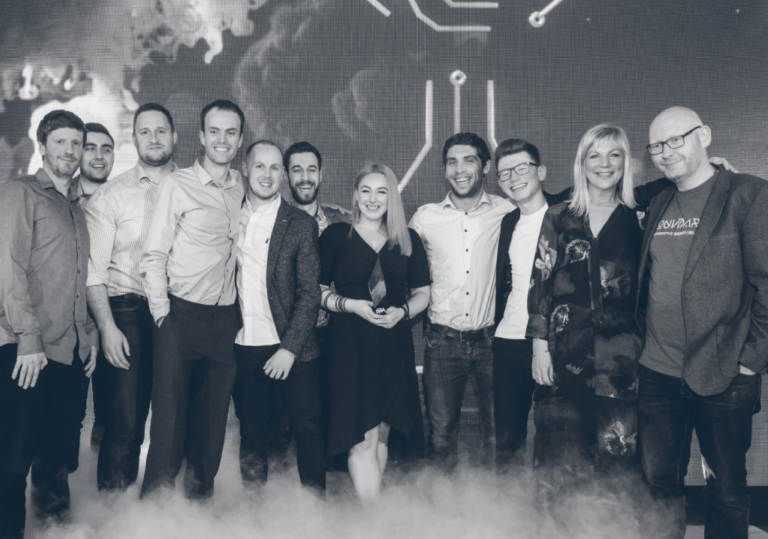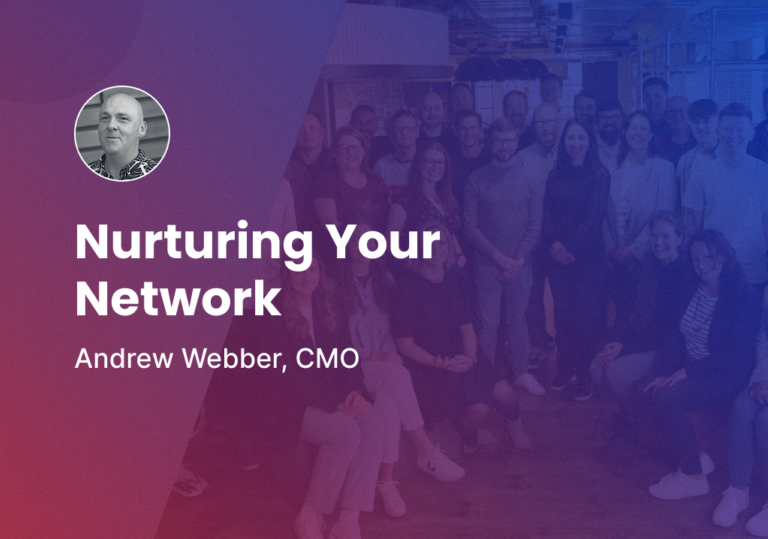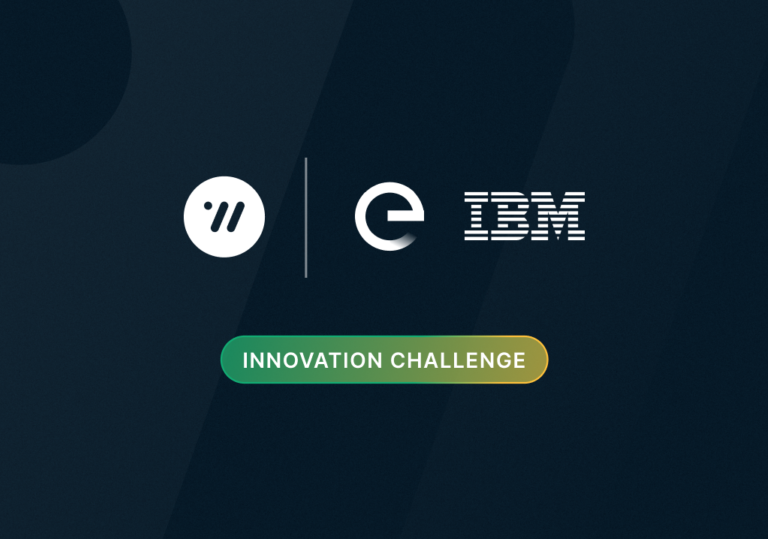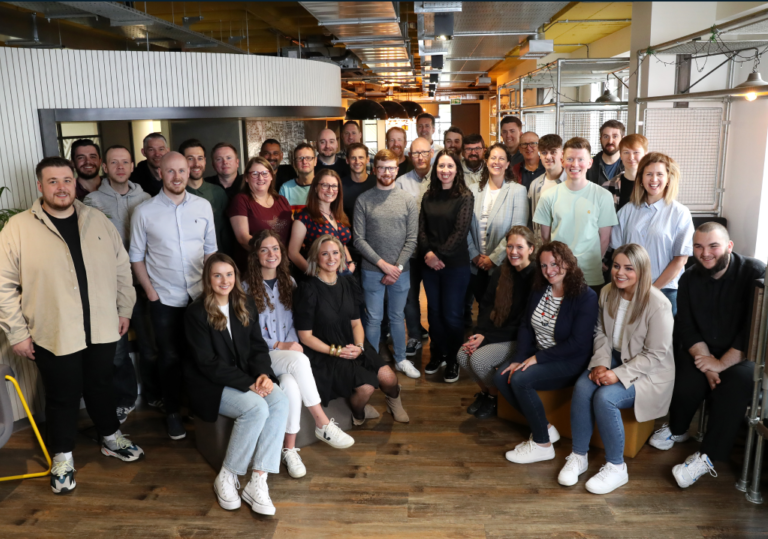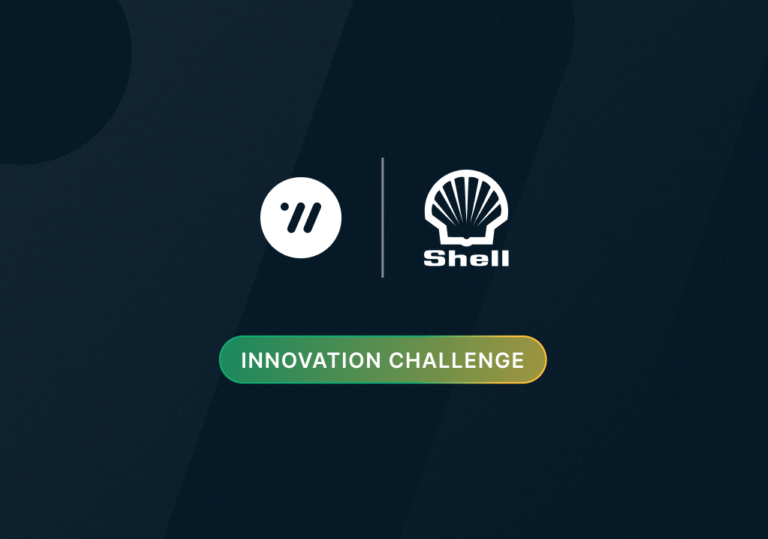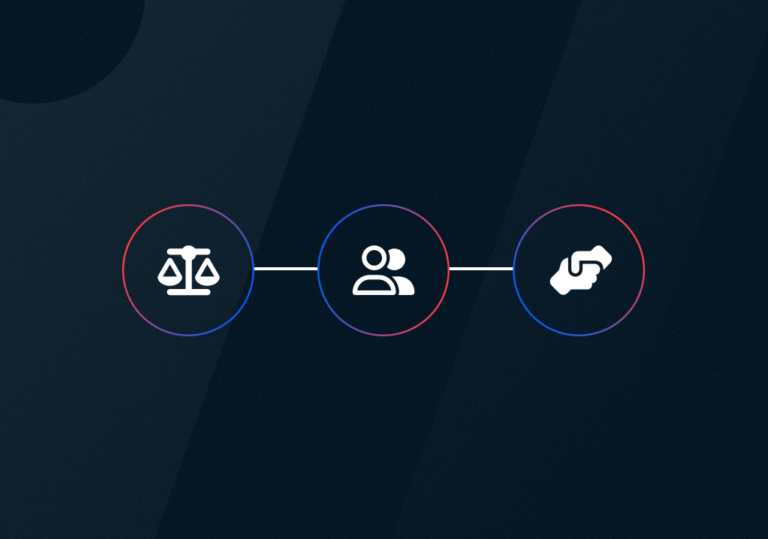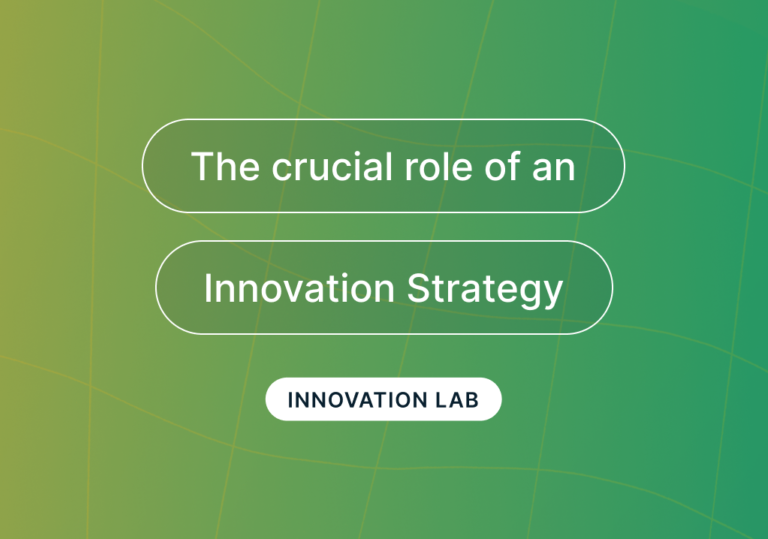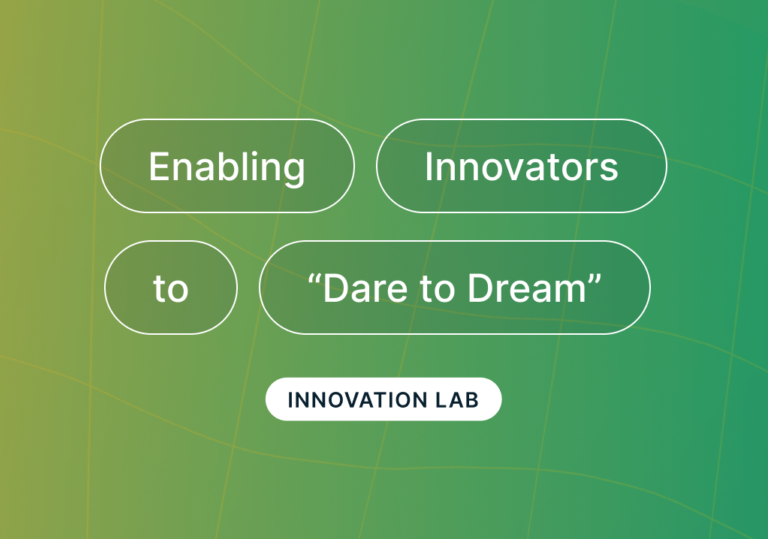How 'Intrapreneurs' can drive Transformation
In this special round-up, we summarise key takeaways from the latest Whitespace webinar, which saw Tendayi Viki lead a workshop looking at the potential of understanding intrepreneurialism as distinct.


The concept of the entrepreneur long ago transcended the realm of the business world. Today names like Elon Musk and Mark Zuckerberg are touchstones of popular culture. Idolised, celebrated and demonised, they are perceived as celebrities by the masses, and their cultural capital is such that with a single tweet they can shape headlines – and wipe billions of dollars of value off their own companies.
Mention an ‘intrapreneur’ to the layperson, meanwhile, and you might be greeted with a confused look or an assumption you mispronounced ‘entrepreneur’.
And yet it is intrapreneurs who have demonstrably made a greater impact on society and culture through their work. In his book Driving Innovation From Within, Kaihan Krippendorf analysed the innovations that were chosen by PBS and the Wharton Business School as the Top 30 innovations that have had the most impact on society in the last 30 years. He found that 70% of these came from employees working inside large business organisations. If that doesn’t sit right with you, consider that intrapreneurial effort delivered the internet, email, PCs and fibre optics
Essentially, all intrapreneurs are innovators. To extend that logic, every staff member employed in innovation should think of themselves as an intrapreneur.
Better to be a pirate?
At least when compared to an entrepreneur, an intrapreneur is confined by the limitations of existence within a business organisation. But that also means unrivalled access to numerous resources, including the expertise and insight of colleagues and other departments. The best intrapreneurs thrive in that context.
Perhaps misunderstanding around entrepreneurialism and entrepreneurialism began in 1983 when Steve Jobs uttered his famed line “It’s better to be a pirate than join the navy,” at an internal offsite Apple meeting about the ongoing design of the Mac. Jobs had essentially posited that it is good to be free of bureaucracy and politics. Entrepreneurs are pirates, and corporations are something like the navy by contrast.
Of course, corporate innovation can thrive with a degree of autonomy within an organisation. And yet, as we’ve seen, it might be best for innovators to avoid the pirate life of the entrepreneur.
A privateer’s life?
Which brings us to privateers. While pirates operated as independent criminals, privateers were commissioned by various governments to raid the ships and resources of rival states. That’s not to say you should be conducting maritime raids on your competitors. Rather, consider the work of the intrapreneur as a midpoint between signing up to the navy or joining a pirate crew. Innovators can feel like pirates within an organisation, but perhaps we should consider ourselves to be more like privateers.
That may be a playful lens through which to consider the craft of intrapreneurialism, but it is helpful in understanding the unique position of the innovator.
But what actually makes for good intrapreneurialism?
Be authentic. Intrapreneurial work is not about ego or grandstanding, but instead about humility, and understanding the wider context of serving an organisation.
Be value-focused. Consider the impact and learning over innovation theatre. Resist pursuing ideas that simply feel cool or disruptive for the sake of it. Be supported. Build bridges with leadership, secure their backing, and involve them in the process
Be an organisational designer. Establish a relatively formalised process for passing through exploring ideas and problems to delivering solutions and exploiting them as opportunities. Seek insight and guidance from other departments.
Be an early winner. It may be worth demonstrating and asserting the value of intrapreneurialism within your organisation by first innovating on a smaller project, ‘forgotten’ brand or another element of the business that is not deemed a priority or current core business concern. That may allow you to secure legitimacy while avoiding establishing the notoriety that could threaten your productivity or focus.
Be focused. Avoid the easy trap of having to stoke ‘too many small fires’. Do not spread yourself too thinly. Instead, try to devote resources and effort to a lower number of projects, with a greater chance of impact.
Be internally collaborative. The very nature of the work involves internal cooperation. Furthermore, collaboration with legal, compliance, finance and so on will increase the likelihood of delivering impact. Demonstrate a willingness to collaborate, and even innovate for and directly with those departments. Innovate to help those teams enable your broader innovation effort.
Here we have seen the merits of embracing intrapreneurialism as an innovation function over the allure of entrepreneurialism. Innovation can deliver remarkable impact within an organisation, and far beyond. It comes down to embracing innovation as an internal craft and designing it as an entity that moves in step with the wider organisation. Think about ‘scaling with the movement’. That is to say, match and pursue the ambitions, direction, core functions and targets of your corporation. Collaborate, involve other teams and be humble. Be independently-minded and ambitious, but be part of your corporation’s bigger picture.
Perhaps don’t be a pirate or join the navy. Instead, consider being an innovation privateer, always linked to leadership by a well-established bridge.
